The Nektar Technology Panorama T4 is a 49-key USB MIDI controller designed to deliver versatile, efficient DAW and virtual instrument control for producers, musicians, beatmakers, and songwriters in home, project, and mobile studios. With 49 velocity- and aftertouch-sensitive keys, eight velocity- and pressure-sensitive LED color pads, and multiple velocity curves for the keys and pads, it is well suited to a variety of playing styles. Tactile control of software instruments and DAW programs is executed via nine 30mm faders, eight assignable encoders, eight assignable LED buttons, four navigation buttons, and six LED transport buttons.
Take advantage of seamless integration with the included Bitwig 8-Track software or other DAWs such as Cubase, Garageband, Logic Pro, Nuendo, Reaper, and Reason. Multiple DAW control maps ensure proper functionality with DAWs that support either MCU or Nektar DAW Integration protocols. Access to VST, VST3, or Audio Units instrument parameters is facilitated through preset control maps, which can be customized and manually created. A custom 128 x 64 LCD complements the array of controls with adjustable contrast and clear display of modes, settings, and more.
The Panorama T4 is powered via a USB connection to a compatible device running Mac OS X, Windows, Linux, or iOS (USB camera connection kit available separately). A MIDI 5-pin output is provided for easy hookup to a hardware synthesizer, sound module, or MIDI interface. Dedicated MIDI-assignable 1/4″ jacks allow utilization of a footswitch and expression pedal (both available separately).
Keys
Pads
With Nektar DAW Integration, you additionally get automatic mapping of dedicated drum synths such as Reason’s Kong and Bitwig’s Drum Machine, complete with full visual feedback on the pads. You can even assign chords to the pads and combine this with the Pad Repeat feature to generate rhythmical and chordal figures. The display’s Velocity Spread button quickly spreads the last played note across all 16 pads, each with its own fixed velocity, making it easier to create consistent and nuanced dynamics. VelFix gives you access to a preassigned fixed velocity level.
Perform
Repeat settings for pads and keys are independent of each other, so one can be set for the drum beat and the other for an instrumentation part. The Repeat’s trigger mode can be set to repeat from the point of playing a note or to sync with the beat. The clock source can either be the internal or the external MIDI clock.
Tactile Control
Display
The four soft buttons below the display will change their function according to the selected menu for fast access. The four mode buttons to the right of the display allow you to change from internal mode to DAW or plug-in control at the touch of a button. The Multi button is reserved for Nektarine. By pressing the Focus button, you can enlarge the current parameter to fill the whole screen. All of this ensures a fluent and fast workflow without any guessing games.
Nektarine
The LED buttons below the faders are configured for navigation so it’s quick and easy to find your way around complex plug-ins. Each button is labeled with a common control page name such as OSC, Filter, Env, LFO and FX. As soon as you press a button, the corresponding Nektarine factory map page is selected. The LED buttons can be assigned to any map page so you can set up each map exactly how you want it.
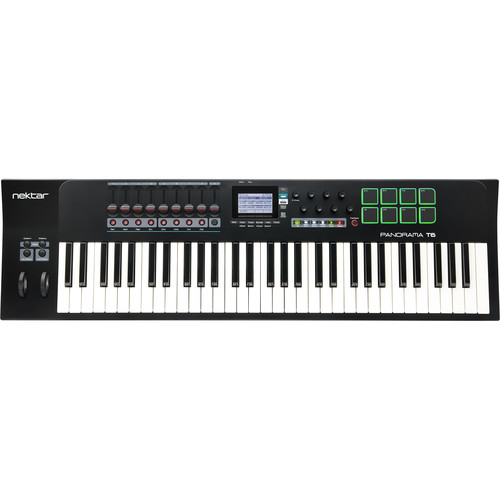
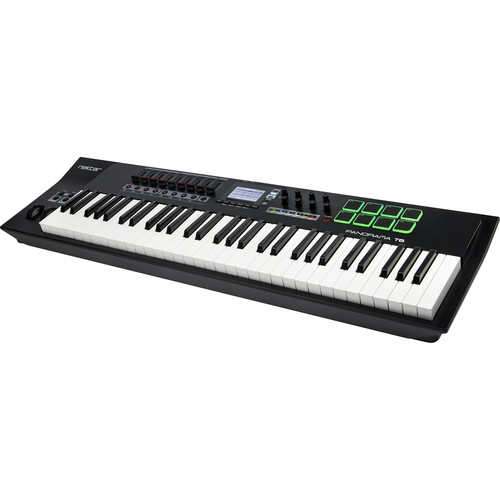
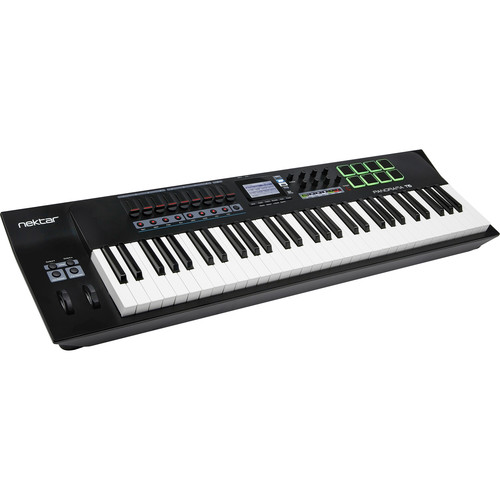
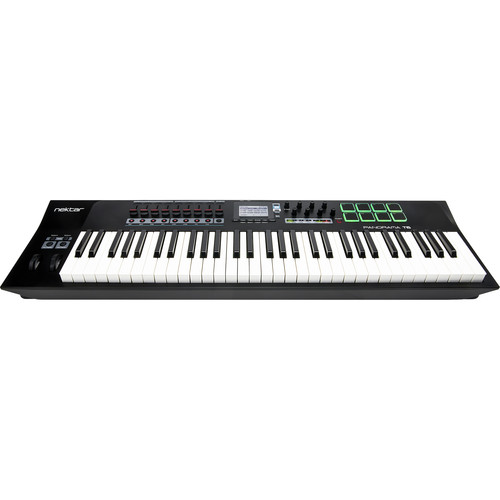
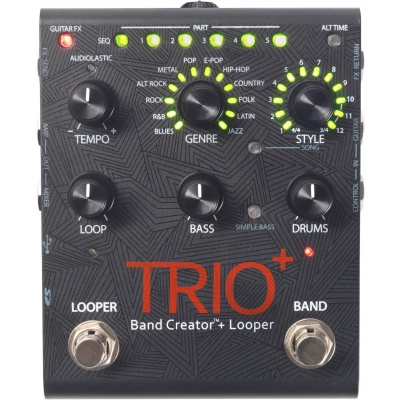
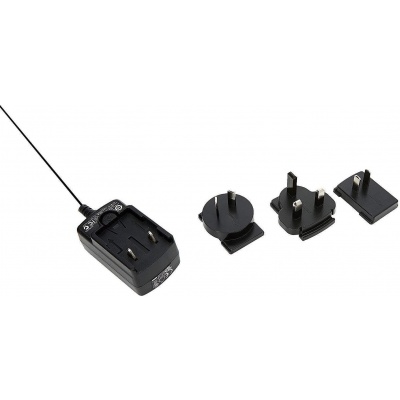
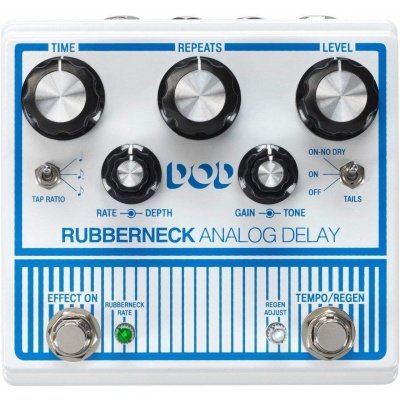
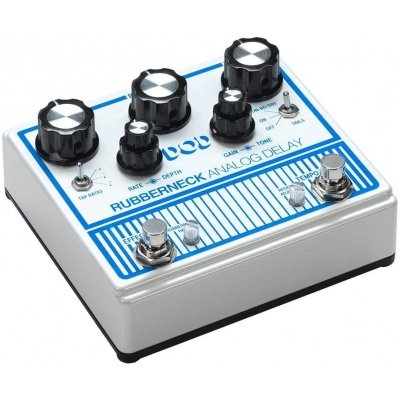
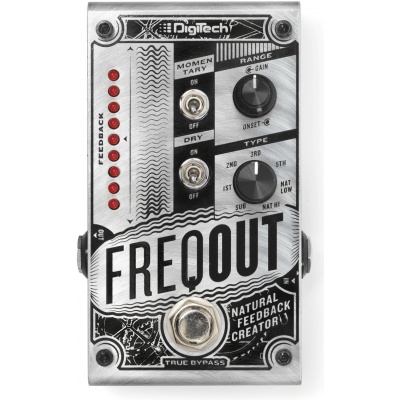
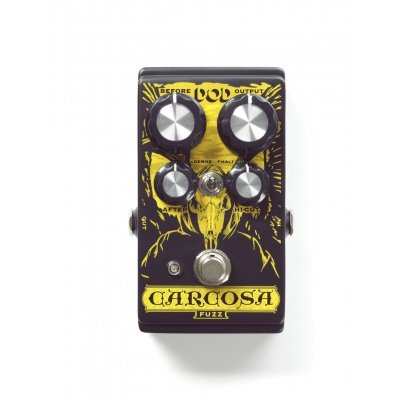
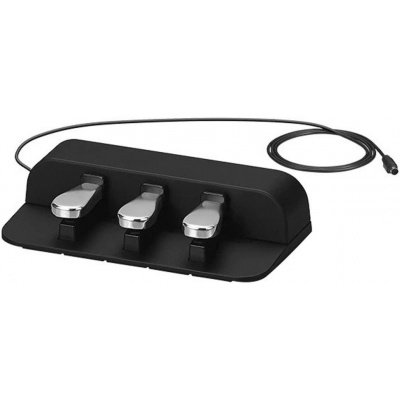
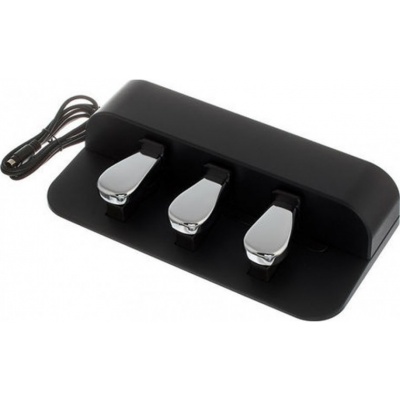
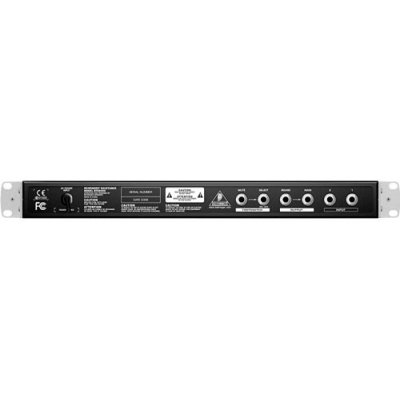
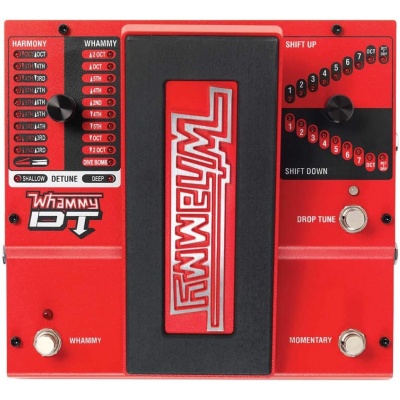
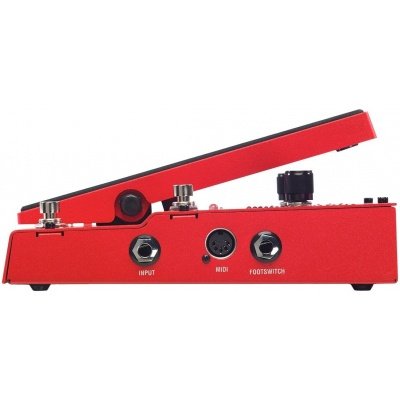
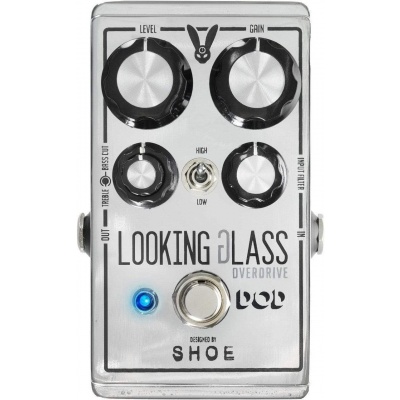
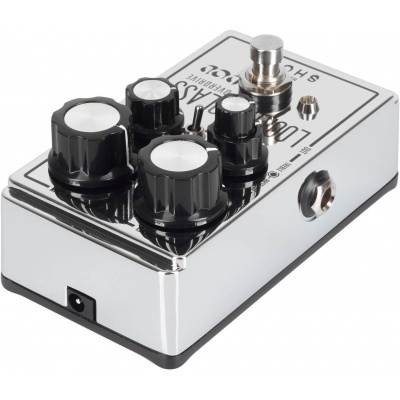
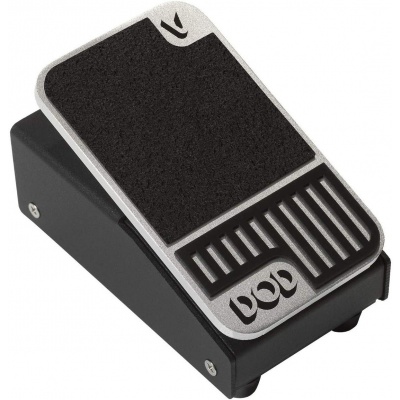
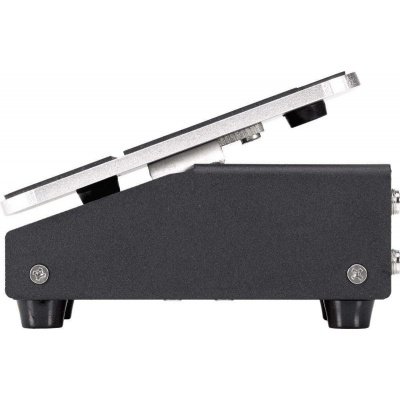
 No products in the cart.
No products in the cart. 